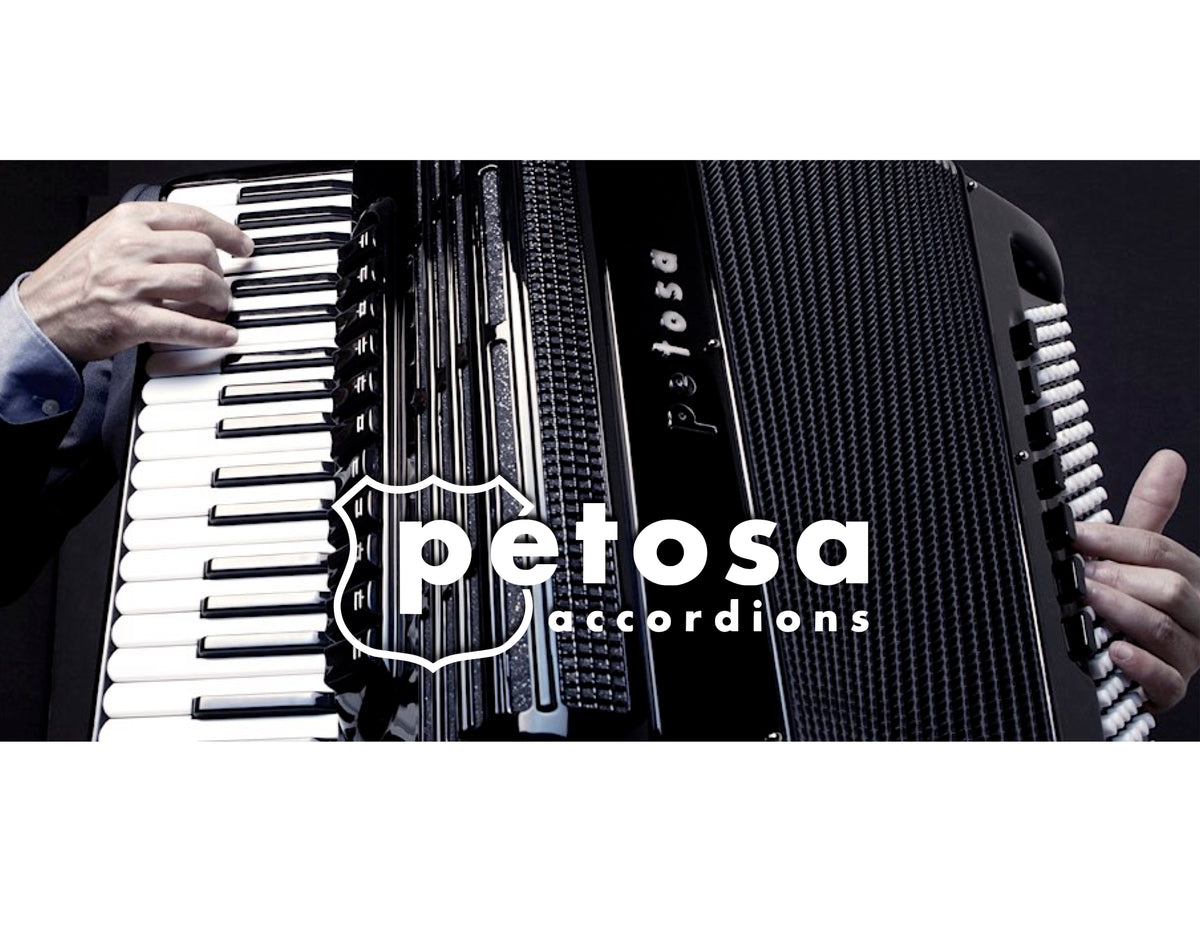96Bass
Well-known member
I am on the Petosa mailing list and this morning I received their September newsletter. The following is from the newsletter:
For the last century, handmade reeds have been the apex of performance & longevity; not all being equal in quality. Until now, it was thought that there could be nothing superior to the finest handmade reed - but thanks to years of development by Lorenzo Antonelli and his team at Voci Armoniche (Italy), we have superseded what has historically been considered the 'best'. Combining decades of expertise & traditional hand-techniques with today's most sophisticated technology, Voci Armoniche Bluestar® reeds are an extraordinary innovation. The construction process is revolutionary; each Swedish blue steel tongue is analyzed, precisely shaped & measured using computer software, retempered to its original form for stability, all the while requiring less pre-tuning in order to preserve the critical 'charge point'. The precision does not end there, as each reed block cavity is individually computer-measured for optimal airflow, creating maximum tolerance & the most responsive vibration possible. The result is improved responsiveness & uniformity from one voice to the next, increased tuning durability & greater volume while preserving pitch at high pressure. The best of tradition and technology - the new generation of ultimate accordion reeds is here and now available in select models.

For the last century, handmade reeds have been the apex of performance & longevity; not all being equal in quality. Until now, it was thought that there could be nothing superior to the finest handmade reed - but thanks to years of development by Lorenzo Antonelli and his team at Voci Armoniche (Italy), we have superseded what has historically been considered the 'best'. Combining decades of expertise & traditional hand-techniques with today's most sophisticated technology, Voci Armoniche Bluestar® reeds are an extraordinary innovation. The construction process is revolutionary; each Swedish blue steel tongue is analyzed, precisely shaped & measured using computer software, retempered to its original form for stability, all the while requiring less pre-tuning in order to preserve the critical 'charge point'. The precision does not end there, as each reed block cavity is individually computer-measured for optimal airflow, creating maximum tolerance & the most responsive vibration possible. The result is improved responsiveness & uniformity from one voice to the next, increased tuning durability & greater volume while preserving pitch at high pressure. The best of tradition and technology - the new generation of ultimate accordion reeds is here and now available in select models.



